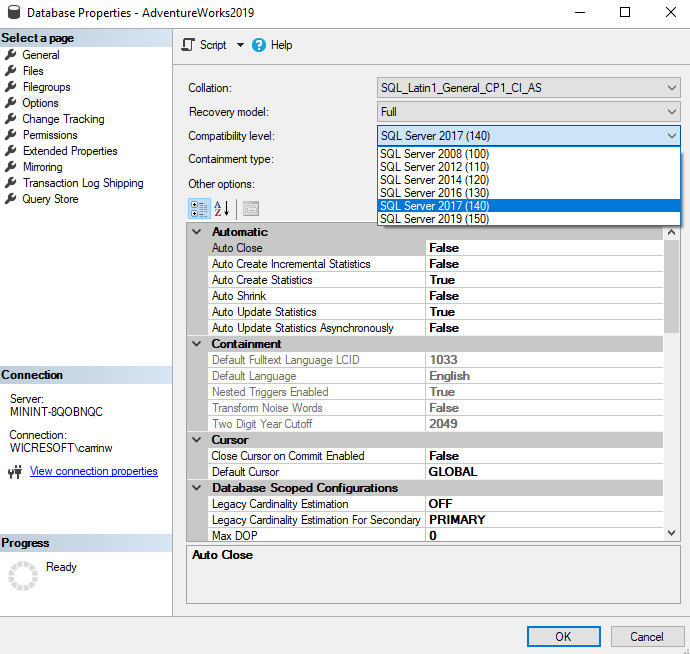Hi @MS Techie ,
Yes, SQL Server 2019 is backward compatible to host CLR written for SQL 2014. And you can change the compatibility level, see below:

The CLR integration feature is off by default in Microsoft SQL Server, and must be enabled in order to use objects that are implemented using CLR integration. To enable CLR integration using Transact-SQL, use the clr enabled option of the sp_configure stored procedure as shown:
sp_configure 'clr enabled', 1
GO
RECONFIGURE
GO
Best regards,
Carrin
If the answer is helpful, please click "Accept Answer" and upvote it.
Note: Please follow the steps in our documentation to enable e-mail notifications if you want to receive the related email notification for this thread.

